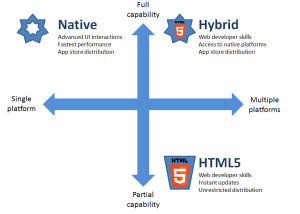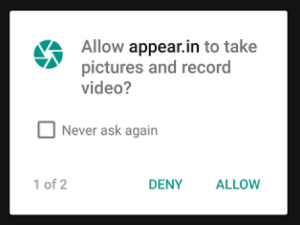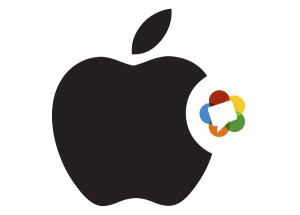There are a lot of notable exceptions, but most WebRTC developers start with the web because well, Web RTC does start with web and development is much easier there. Market realities tells a very different story – there is more traffic on mobile than desktop and this trend is not going to change. So the next phase […]
The new Android M App Permissions (Dag-Inge Aas)
Android got a lot of WebRTC’s mobile development attention in the early days. As a result a lot of the blogosphere’s attention has turned to the harder iOS problem and Android is often overlooked for those that want to get started with WebRTC. Dag-Inge Aas of appear.in has not forgotten about the Android WebRTC developer. He recently published […]
WebRTC and Man in the Middle Attacks
WebRTC is supposed to be secure. A lot more than previous VoIP standards. It isn’t because it uses any special new mechanism, but rather because it takes it seriously and mandates it for all sessions. Alan Johnston decided to take WebRTC for a MitM spin – checking how easy is it to devise a man-in-the-middle […]
Facetime doesn’t face WebRTC
This is the next decode and analysis in Philipp Hancke’s Blackbox Exploration series conducted by &yet in collaboration with Google. Please see our previous posts covering WhatsApp and Facebook Messenger for more details on these services and this series. {“editor”: “chad hart“} FaceTime is Apple’s answer to video chat, coming preinstalled on all modern iPhones and iPads. It […]
Why put WebRTC in Webkit? Q&A with the webrtcinwebkit team
The world of browsers and how they work is both complex and fascinating. For those that are new to the browser engine landscape, Google, Apple, and many others collaborated on an open source web rendering engine for many years known as WebKit. WebKit has active community with many less well known browsers that use it, so the […]






